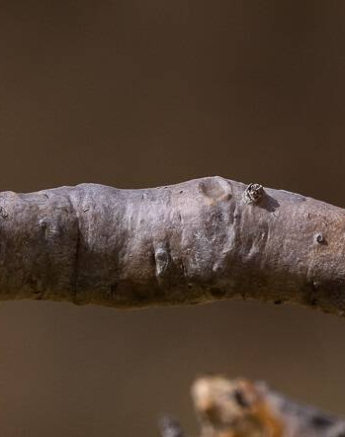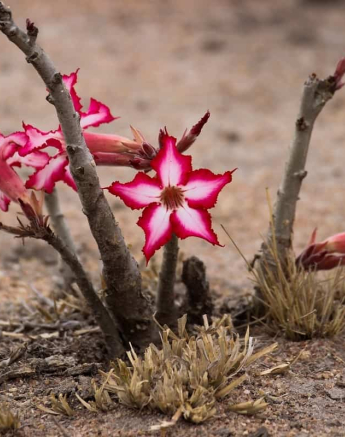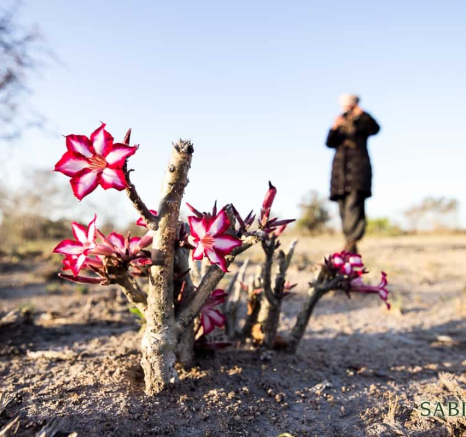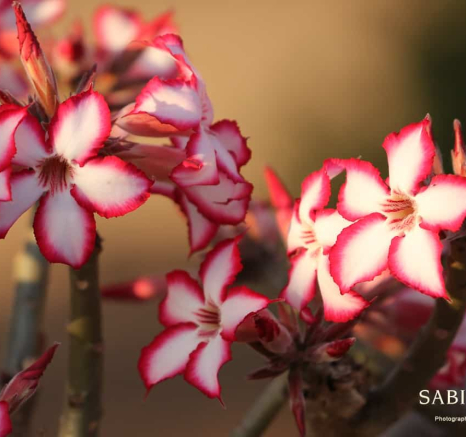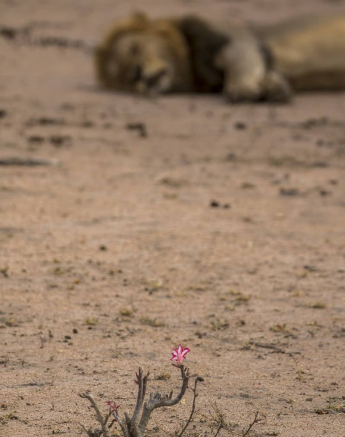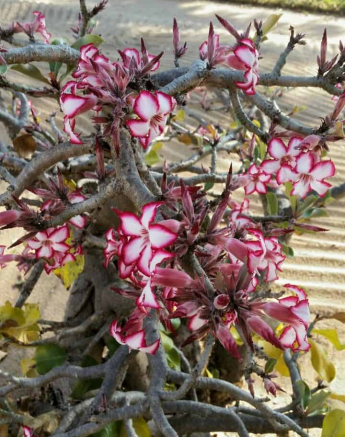Impala Lily
on Aug 09, 2019Species name: Impala Lily
Scientific name: Adenium multiflorum
Size: 0.5 - 3m tall
Habitat: Sandy soil, rocky habitats, in dry woodland or open grassland
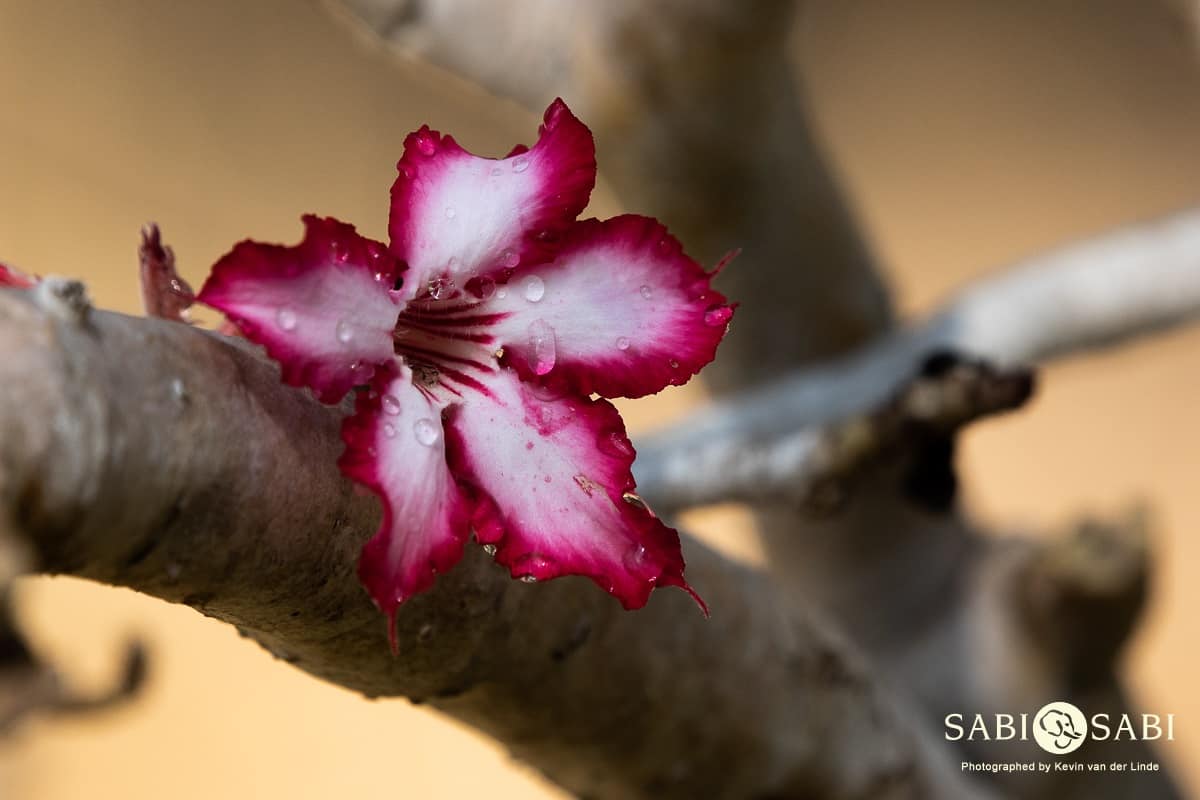
As we have moved into winter and the summer colours disappear, a flash of pink and white starts to emerge. The Impala Lily starts to flower after remaining dormant throughout the year thanks to its thick, tuberous underground stems, which help it to survive long periods without water. In nature the plants propagate by means of seed, which is adapted for wind dispersal by having tufts of silky hairs.
The Impala Lily definitely gets heads turning without a doubt with frequent exclamations of “WOW, what is that growing there?” They will start to flower in July but have been noted to flower as late as September, so if you are planning a safari during those months, keep an eye out!
They generally don’t get browsed because of their toxic latex which has caused a few deaths in domestic animals but no deaths in wild animals. Where browsed extensively, they tend to be small and shrubby. In protected areas, however, they can become handsome trees. The plant has thick, tuberous underground stems, helping it to survive long periods without water. In nature the plants propagate by means of seed, which is adapted for wind dispersal by having tufts of silky hairs.
Uses
The Impala Lily is known in Africa and Southern Africa as a source of fish poison and arrow poison. The poison is prepared from latex in the bark and fleshy parts of the trunk, but it is always used in combination with other poisons.
Photo Content
